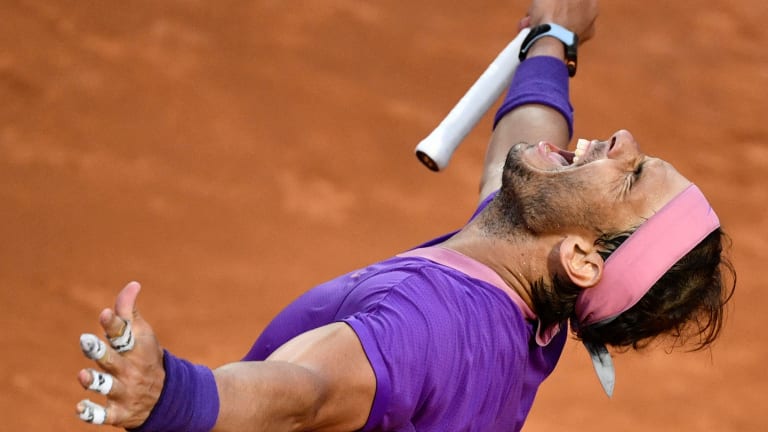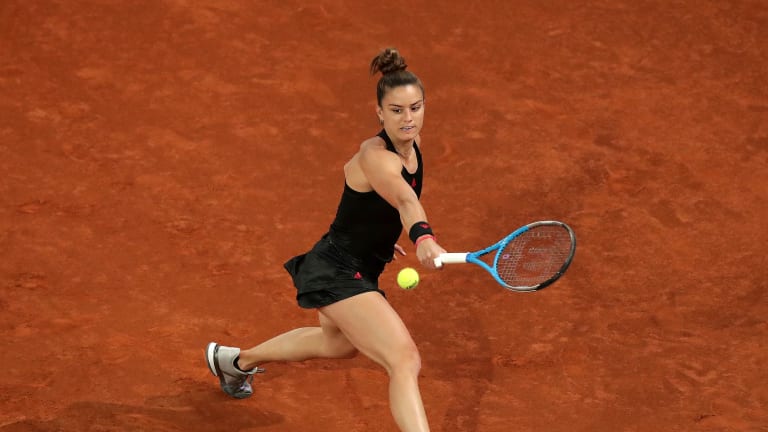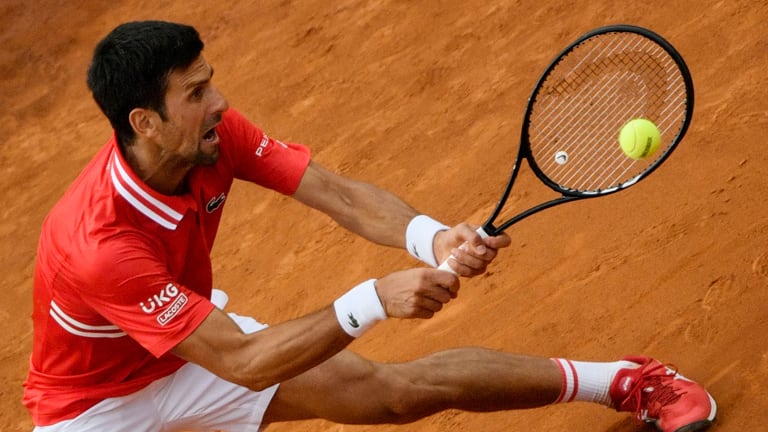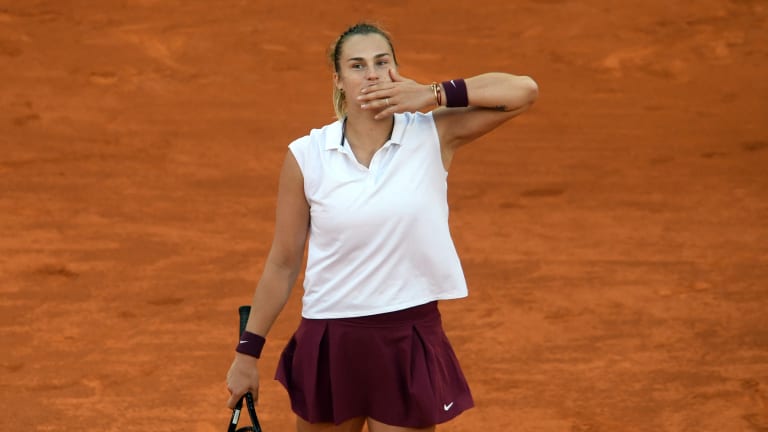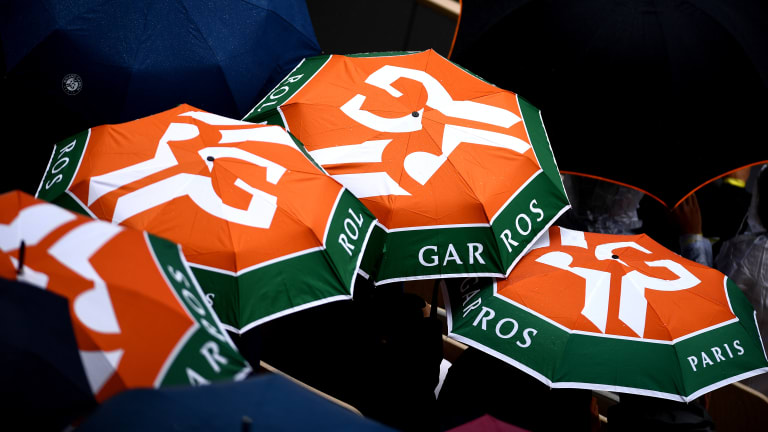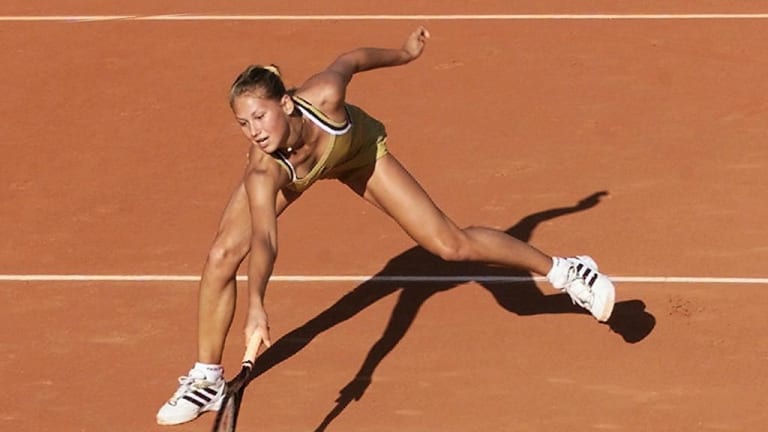Hi Steve,
Here comes the next edition of Roland-Garros, sooner than ever after its fall ’20 version. It’s been great to see the entire clay court season roll out—darn amazing to see players traveling, staying safe and competing.
Every Slam has its own flavor. Roger Federer dubbed the Australian Open the Happy Slam, an attribute likely aided by players having had some time off prior to the year’s first major. At no Slam do players arrive at more fresh than the Aussie Open.
Consider Roland Garros the Homework Slam. It’s the one where if you want to do well, and you can’t afford to cut a corner in your preparation. Everything from fitness to match play to recovery needs to be in tip-top shape. Such are the physical, mental and emotional demands of clay-court tennis.
